Make Your Own Dust-Fighting Spray in 5 Minutes
Difficulty: Novice
Time: 5 minutes
Cost: ~$2
Yield: 1 cup of spray
Why You'll Like This
Sick of dust showing up again the same day you clean? This kitchen-ingredient spray lays down a light barrier that helps surfaces stay clean longer, and it costs pennies compared to store-bought versions.
Research points to a non-toxic alternative to commercial products that can include chemicals linked to respiratory issues. In my own testing against a couple of big-name cleaners, this five-minute mix kept dust at bay more consistently, mostly because the oil leaves a real, thin barrier instead of just lifting what is already there. Bonus, it smells like a freshly wiped cutting board if you go with lemon.
What You'll Need
Materials
1 cup water, distilled works best to prevent mineral buildup
2 teaspoons distilled white vinegar
1 teaspoon olive oil
4 drops dish soap
10-20 drops lemon essential oil, or your preferred scent
Tools
Spray bottle, glass preferred for longevity
Microfiber cloth for application
Safety First
Work in a well-ventilated area when using essential oils
Test in an inconspicuous spot first, oil can darken some wood finishes
Avoid contact with eyes due to vinegar content
Keep away from children and pets during mixing
The Science Behind This Formula
Knowing what each ingredient does helps you tweak the mix without guessing. Vinegar, usually 4 to 7 percent acetic acid, breaks down grime and has natural antimicrobial properties. Its low pH also helps oil and water play a little nicer together.
Olive oil leaves a thin protective film that changes surface tension, so dust has a harder time sticking, turning your furniture into a dust-repelling surface. Citrus essential oils contain d-limonene, a natural solvent that boosts cleaning power while bringing more than just fragrance to the party.
Why it works: vinegar lifts dust and grime, oil lingers behind as a shield, and dust is more likely to glide off instead of clinging.
Steps
Start with water as your base, pour one cup into your spray bottle. Distilled water helps prevent mineral deposits that can clog the sprayer over time.
Add the vinegar precisely, measure exactly two teaspoons of white distilled vinegar. Too little will not clean well, too much leaves a strong smell that lingers.
Measure the olive oil carefully, one teaspoon is the sweet spot for a dust-repelling barrier. More makes surfaces greasy, less will not provide lasting protection.
Add exactly 4 drops of dish soap, it acts as an emulsifier so oil and water stay mixed longer. Count the drops, excess soap leads to suds.
Finish with essential oils, start with 10 drops and adjust to preference. Lemon is a strong cleaning choice and a clean scent.
Shake vigorously for 30 seconds, the mixture should turn cloudy white when it is emulsified. If it stays clear, keep shaking.
Note: The oil will separate within hours, so shake before each use. Cloudiness means it is mixed well.
Cleanup & Disposal
Store leftover ingredients in their original containers away from heat
Wash measuring spoons right away with dish soap to cut oil residue
Wipe your workspace with the remaining mixture; it works on countertops
Rinse the spray bottle thoroughly if switching to a different mixture
Application Strategy: Where It Works Best
This shines on sealed wood furniture, baseboards, and window sills because a little oil can settle into wood pores and stick around for protection. For best control, spritz the microfiber cloth, not the surface, then wipe.
Skip glass, it streaks, upholstered furniture, it can leave grease spots, and unsealed wood floors, slip hazard Think long game here, this formula trades instant shine for less dust later.
Tip: Always test in a hidden spot first, some antique finishes can darken with oil-based treatments.
Troubleshooting
Problem: Spray leaves visible streaks → Fix: you are using too much product, spray the cloth instead and buff with a dry microfiber
Problem: Oil separates within minutes → Fix: add one extra drop of dish soap and shake harder, proper emulsification takes 30 plus seconds
Problem: Vinegar smell overpowers the room → Fix: reduce vinegar to 1 teaspoon and increase essential oil to 25 drops for the next batch
Problem: Greasy film remains on furniture → Fix: you are over-applying, use about 70 percent less and work in smaller sections
Maximizing Shelf Life and Storage
Your spray stays effective for about a month if stored well, vinegar helps as a natural preservative. Keep it in a cool, dark spot, heat and sunlight can break down essential oils and speed separation.
Because there are no commercial preservatives, watch for cloudy separation that will not re-emulsify, off smells beyond the normal vinegar note, or visible mold around the bottle opening. If you see any of that, toss it and make a fresh batch.
Tip: Glass spray bottles help prevent essential oil degradation better than plastic, and amber glass blocks UV to extend shelf life. If using plastic, replace the bottle every few months since oils can weaken the container over time.
Variations & Upgrades
Budget version: Skip essential oils and use just water, vinegar, oil, and soap, still effective for dust control
Heavy-duty cleaning: Replace lemon oil with eucalyptus or tea tree oil for stronger antimicrobial action
Furniture polish upgrade: Increase olive oil to 2 teaspoons for added conditioning and deeper shine
Allergen fighter: Add 5 drops of clove oil, research shows acaricidal properties that help control dust mites
Citrus power boost: Use fresh lemon juice, 1 teaspoon, alongside essential oil for maximum cleaning strength
FAQ
Can I use apple cider vinegar instead of white vinegar? Stick with white distilled vinegar. Apple cider vinegar contains sugars that can leave sticky residue and may discolor light-colored surfaces over time.
Will this damage my furniture finish? Used as directed, this gentle formula is safe for most sealed wood. The oil level is low enough to condition without going too deep, but always test first.
How often should I remake this spray? Mix a fresh batch monthly. Without synthetic preservatives, homemade versions can develop bacteria or lose effectiveness as ingredients separate for good.
Can I increase the oil for better dust protection? Do not. More oil turns into greasy buildup that attracts dust. The 1 to 250 ratio, 1 teaspoon oil to 1 cup water, hits the sweet spot without residue.




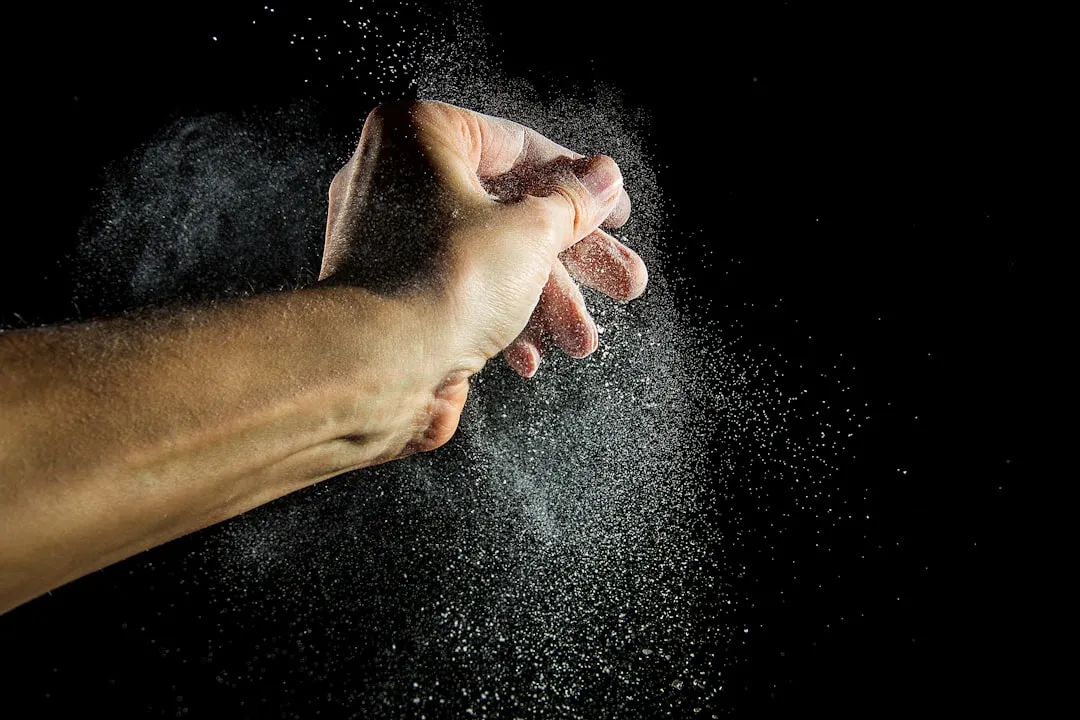
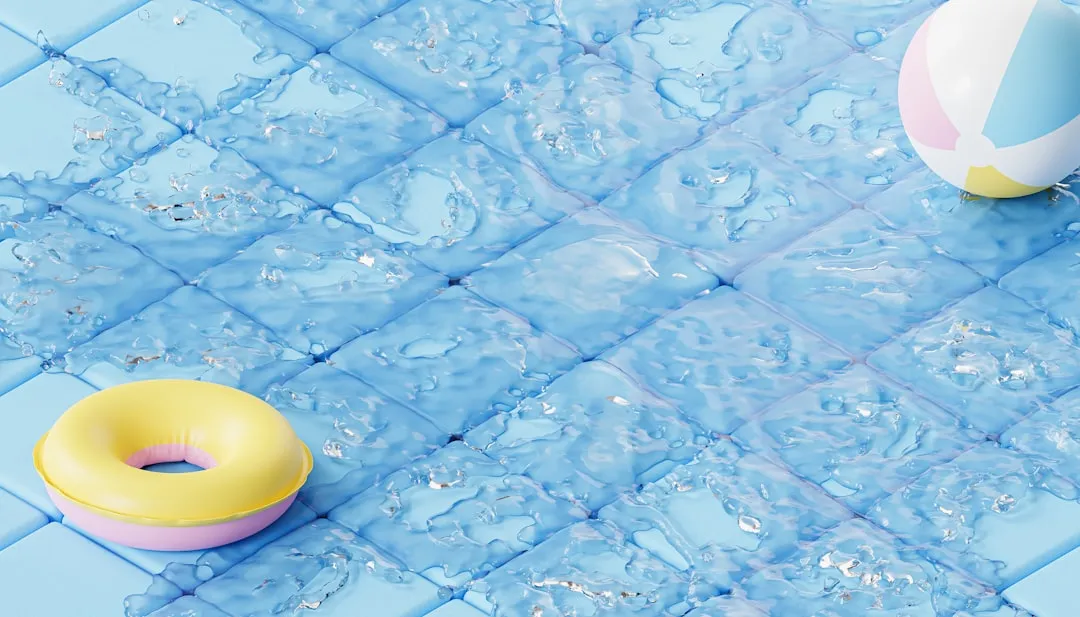
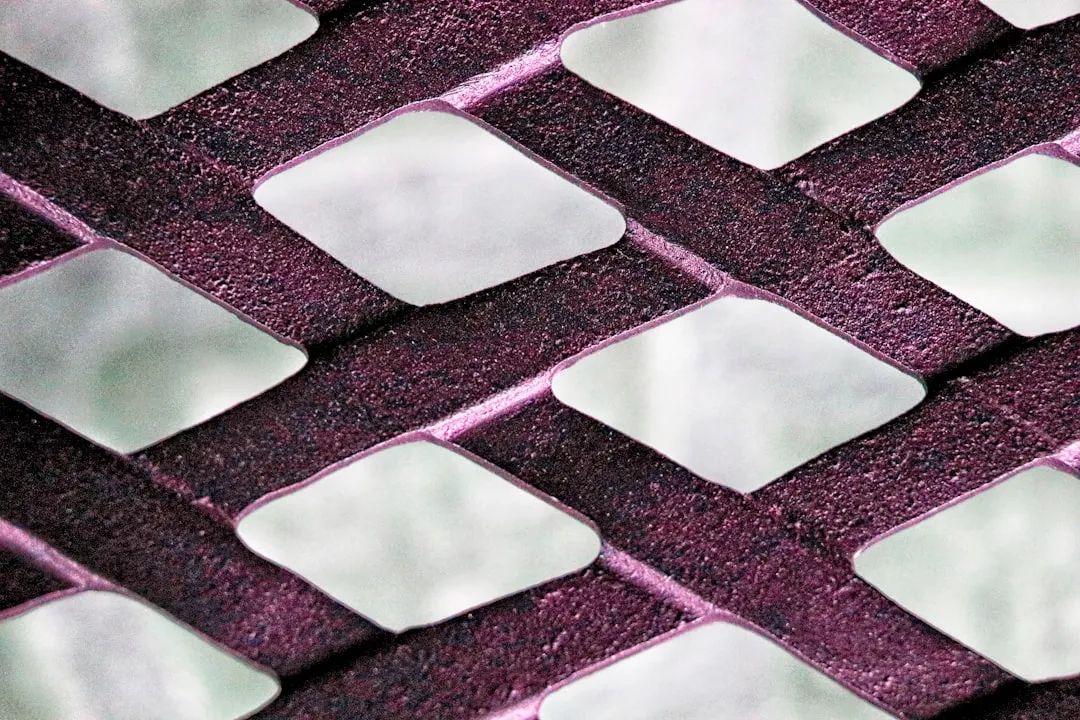




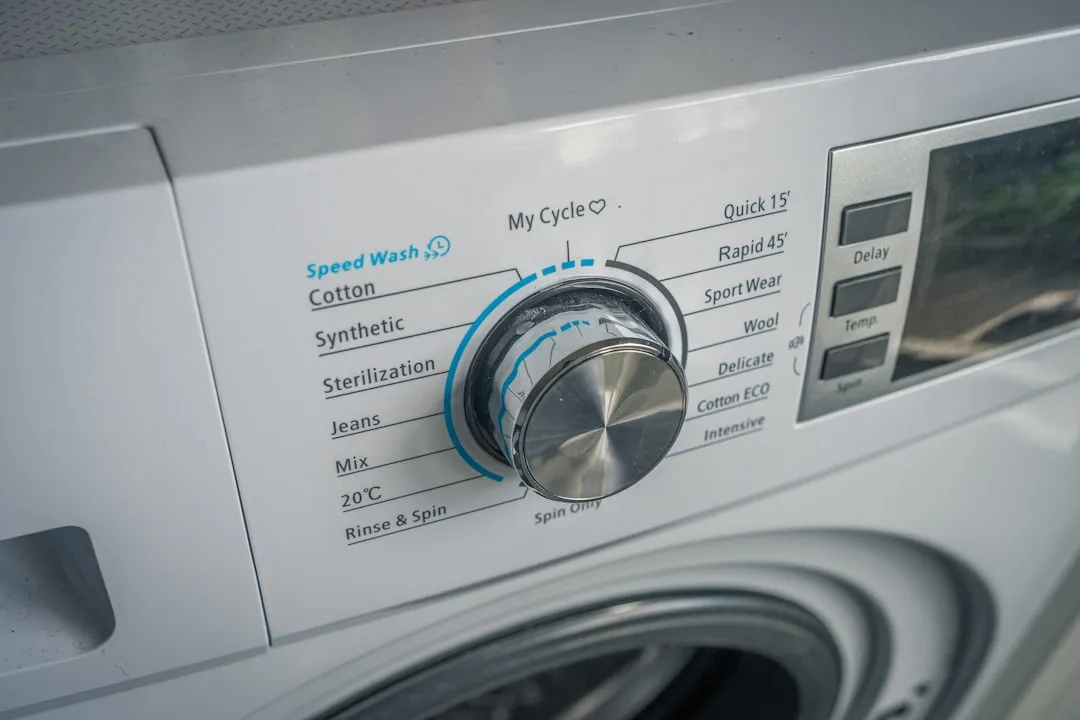

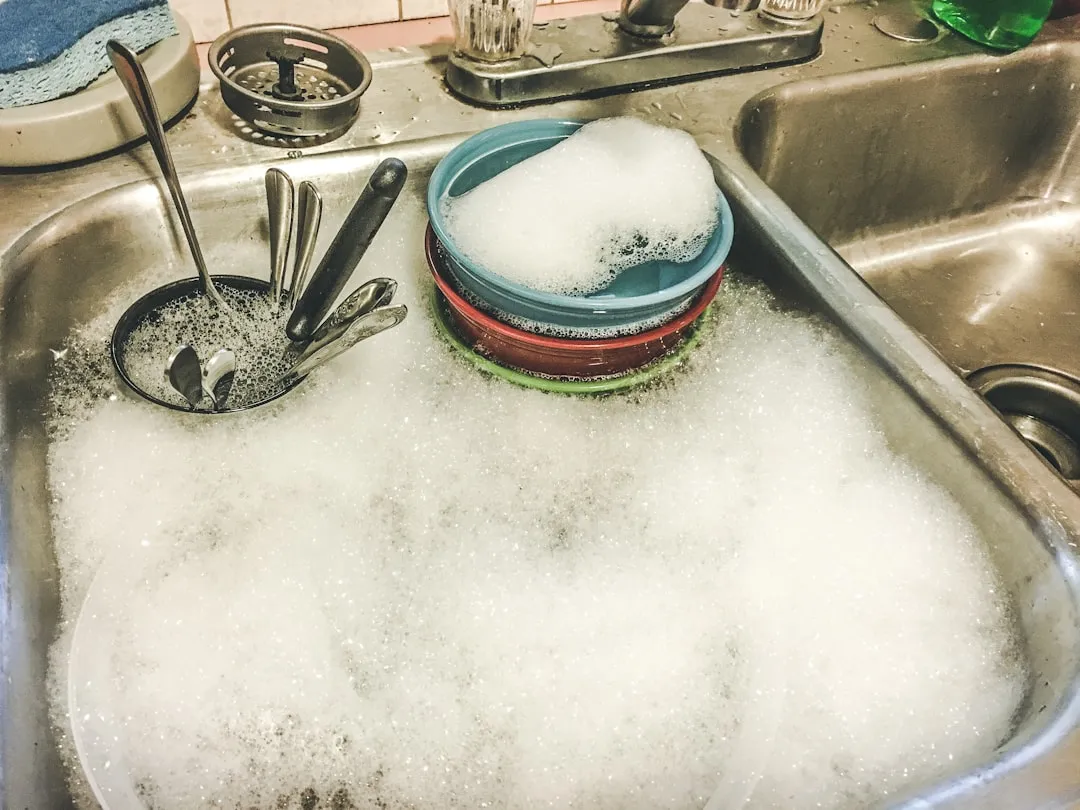

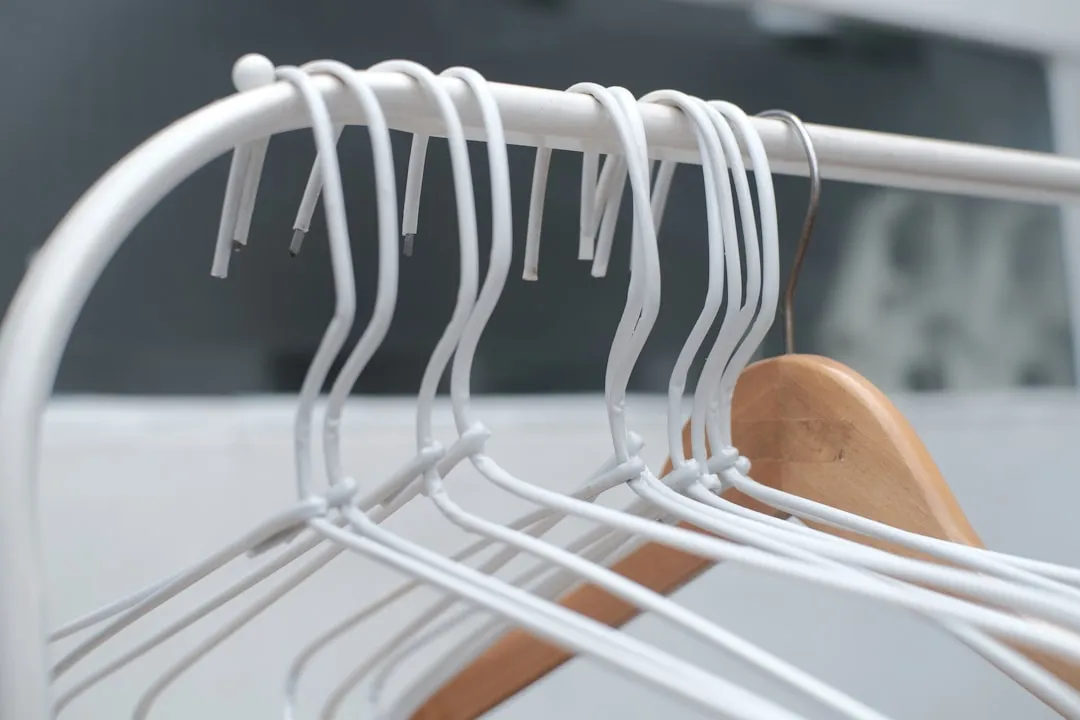

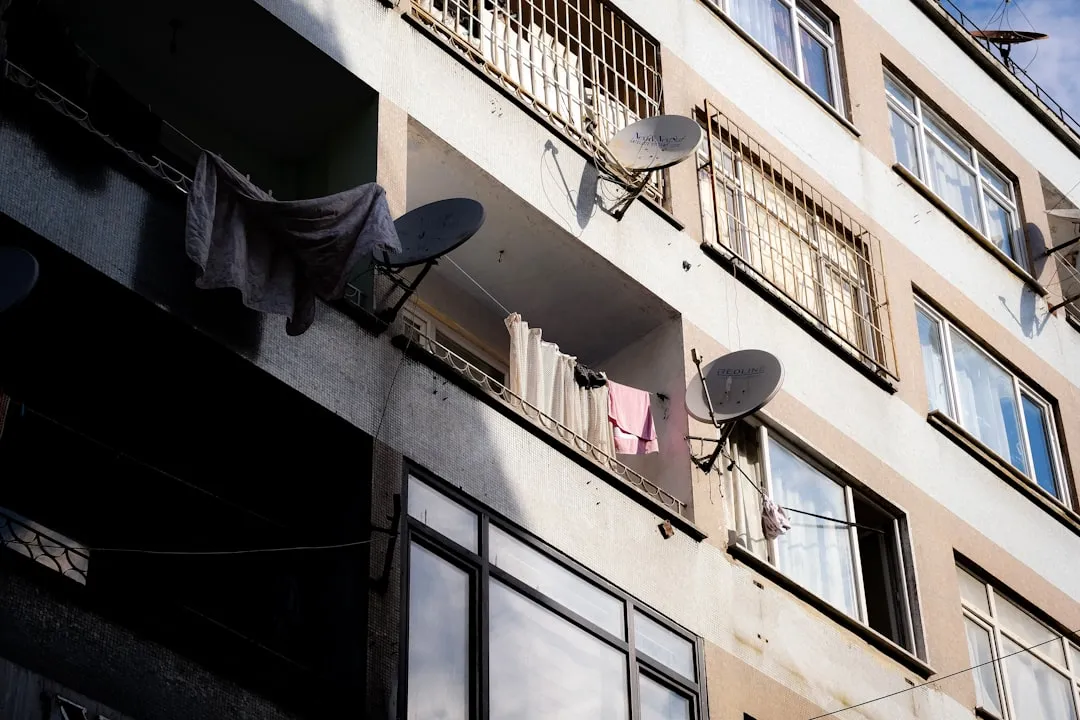

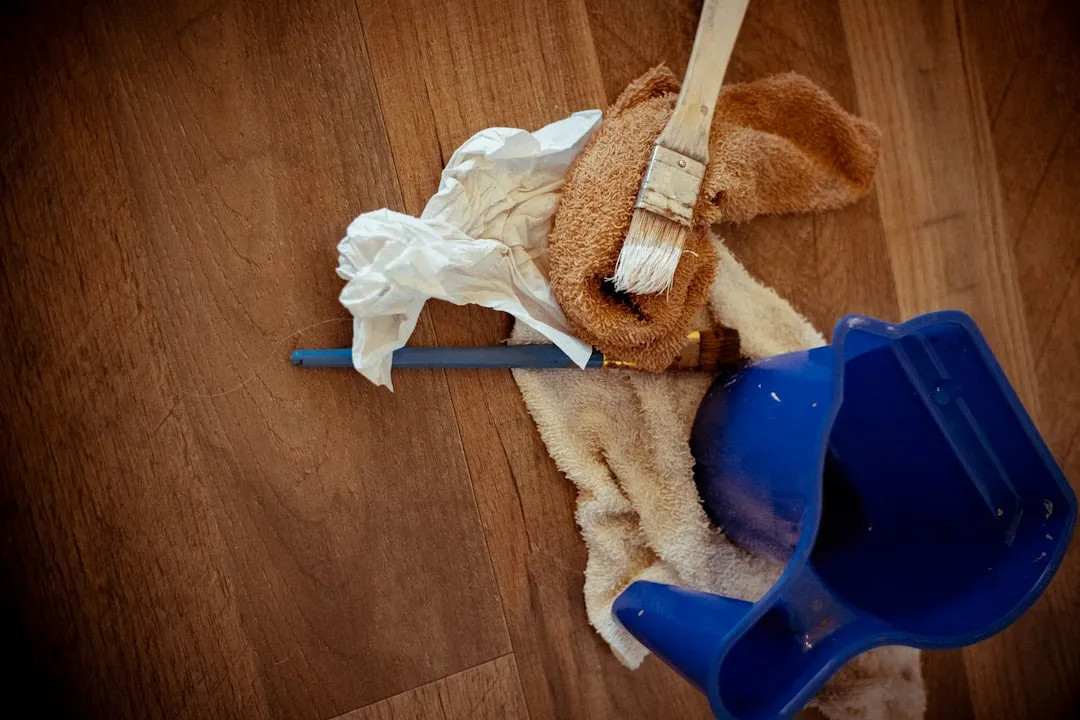
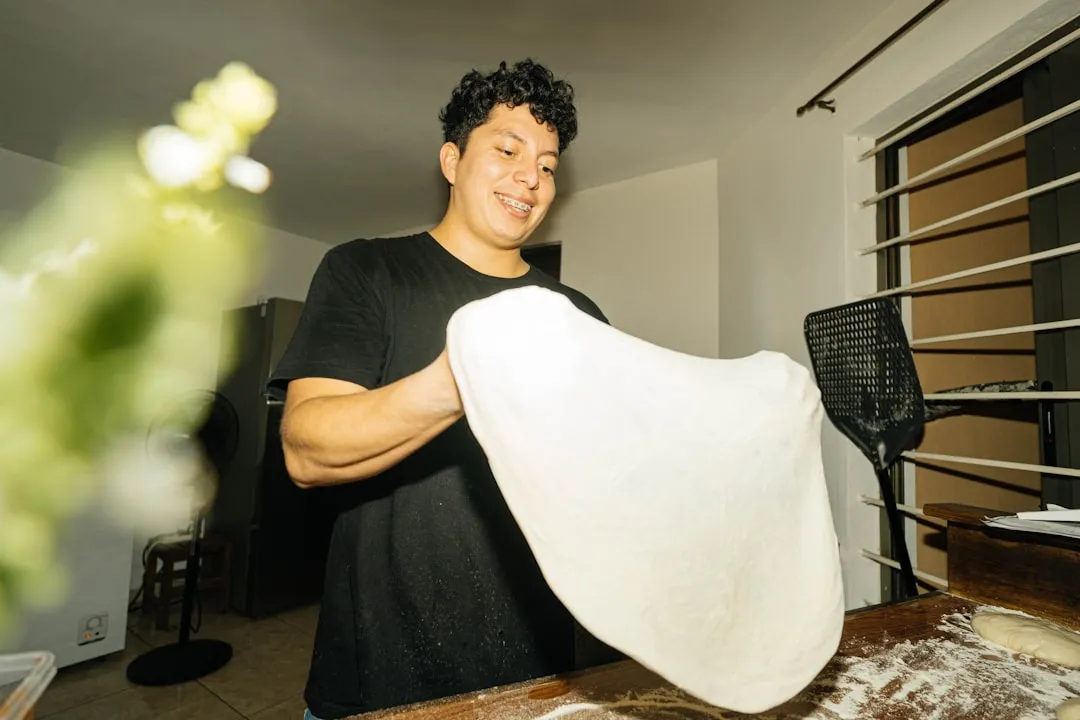
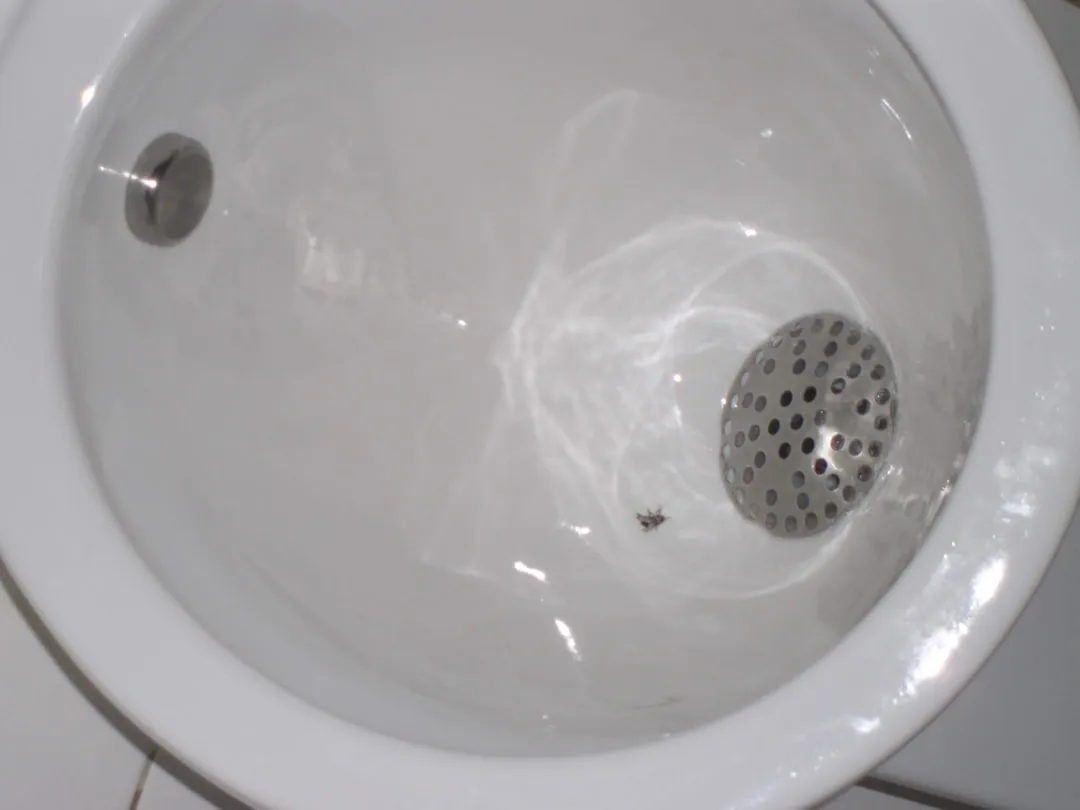
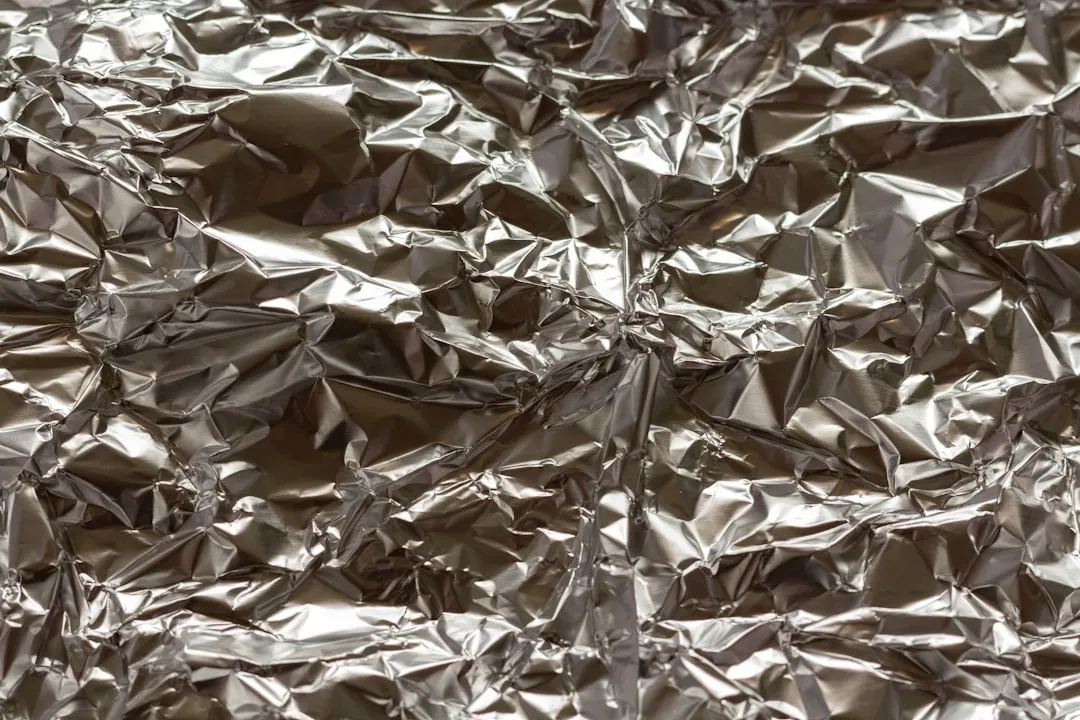
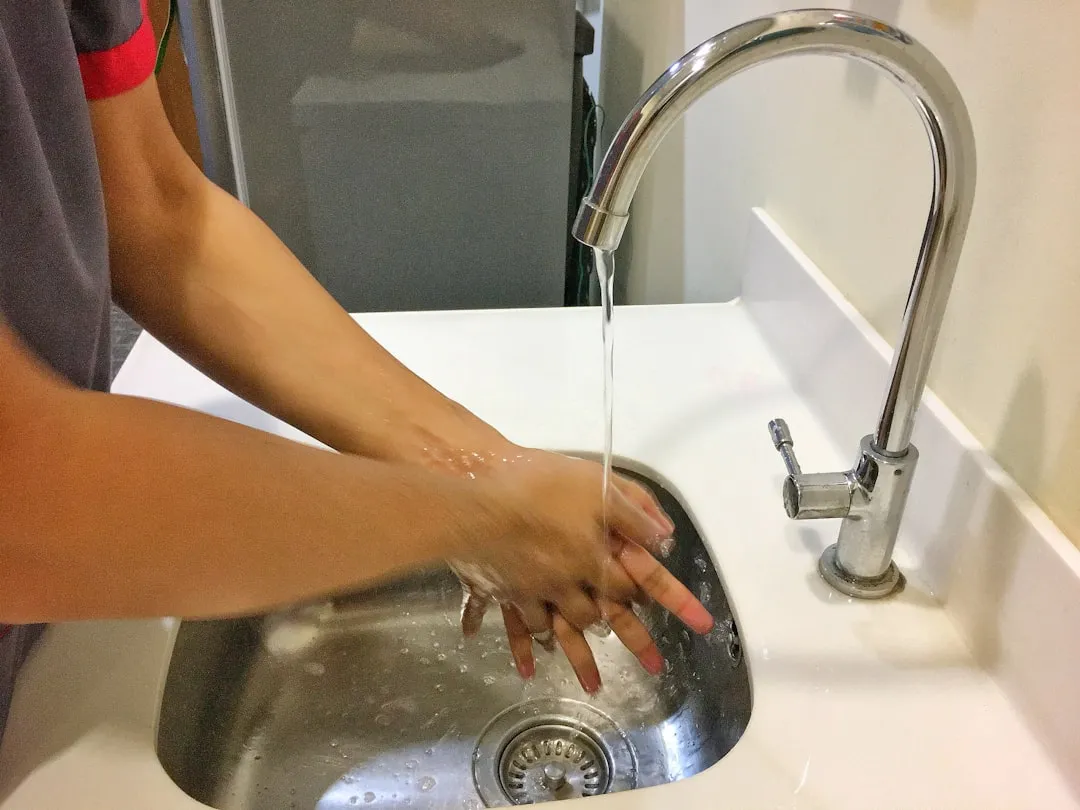
Comments
Be the first, drop a comment!